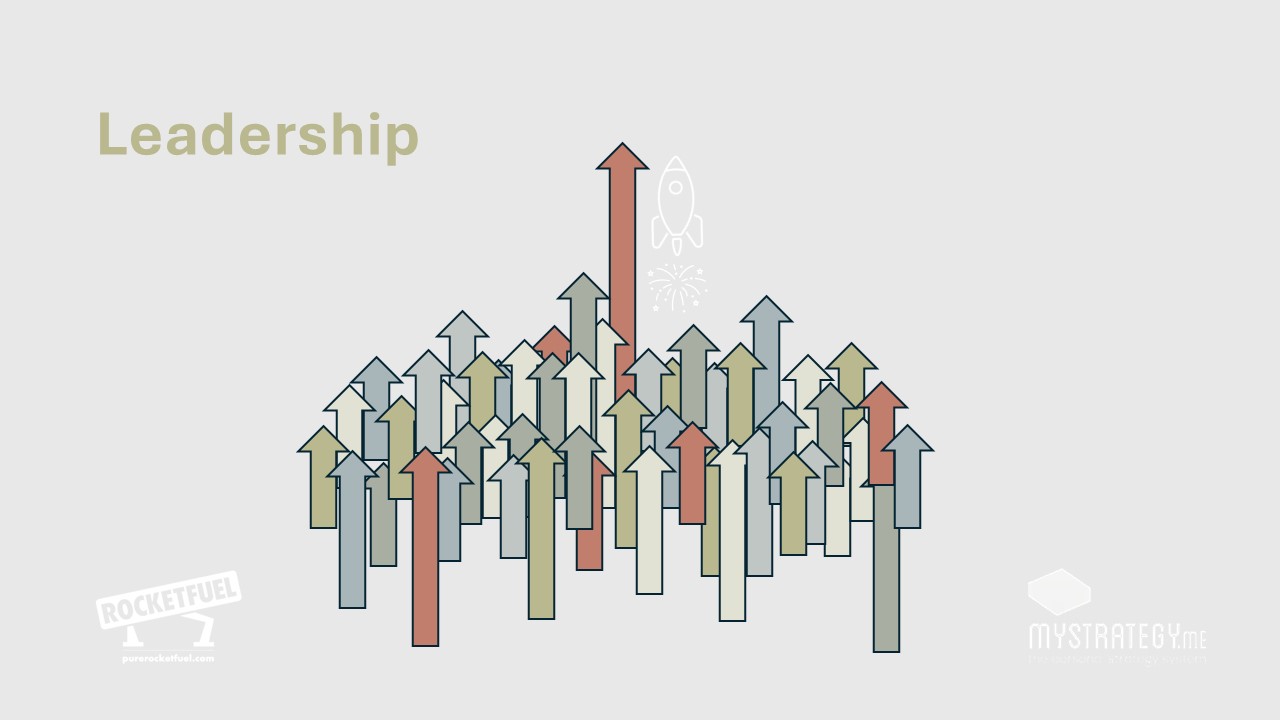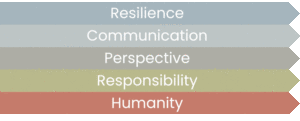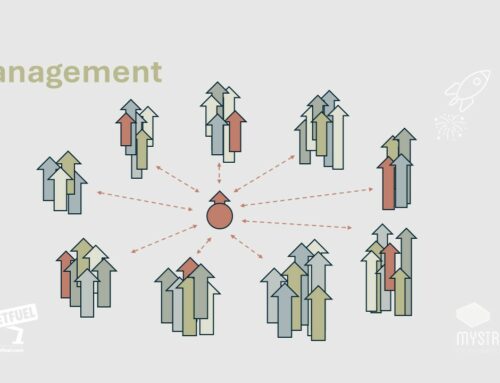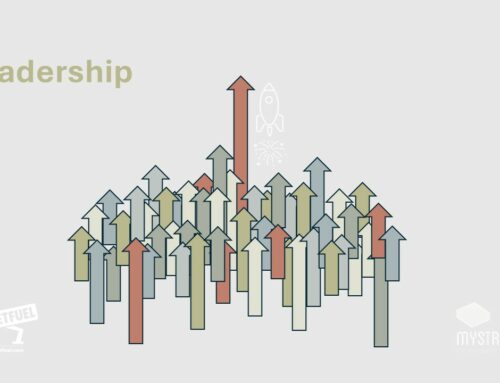
In a world where we often mix the terms Management and Leadership, how do you assess whether you truly have Leadership Presence, ponders Leadership & Performance Coach, Davina Greene.
Leadership Presence is the ability to radiate confidence, command respect, and influence others effectively. It’s a blend of qualities that enable an individual to inspire and guide teams, fostering a sense of trust and authority. This presence goes far, far beyond mere competence; it encompasses the way leaders carry themselves, communicate, and connect with others. It includes elements like body language, tone of voice, emotional intelligence, and the ability to remain composed under pressure.
Why is Leadership Presence Important?
To me, Leadership Presence is most important in terms of speed & effectiveness of organizational progress. A present, visible leader is far more effective than a hidden “leader on paper”. Strong levels of engagement and relationship-building maintained ongoing lead to higher trust and readiness for action when a new Vision for the future is proposed.
Secondarily, for those aspiring to climb the corporate ladder, leadership presence is often a differentiator among peers. It helps in standing out, gaining visibility, and being considered for higher responsibilities and roles.
In a corporate environment, so much is already covered in the Management skills we require that it can be confusing to understand where ‘leadership’ is really demonstrated. I refer you to my Leadership Development Model to clarify this: when we talk about leadership, we’re really talking about the forward-moving, visionary piece, which is only possible when we refine our abilities to understand people and communicate well with them.

Fig. 1 Leadership Coaching Model
What Leadership Presence is Not
- Charisma: Yes, charisma is lovely – certainly engaging, even entertaining – but it is not necessary. Our marketing- and entertainment-mindedness nowadays leads people to convince themselves that charisma is a necessity (see: pretty much any political leadership race, globally), but it’s not: it’s a bonus. Being able to pleasantly, emotionally intelligently, authentically engage with an audience is enough. There is no need to blow their minds (although, of course, if you can, this can be of significant benefit!)
- Arrogance: Leadership presence should not be confused with arrogance or excessive self-confidence. These involve a sense of superiority and entitlement, which can alienate team members and erode trust. Remember: leaders need followers.
- Dominance or Manipulation: Being overly dominant or authoritarian is not the same as having leadership presence. True leadership involves authentic influence, collaboration, and respect for others’ input and ideas. If people are just doing what you say because they are contractually obliged to, that’s not leadership.
- Just for extroverts: An introvert can absolutely be a leader, they may just need to be more mindful about the whole ‘presence’ piece. They themselves may not need very regular human contact/communication/visibility, but the maintenance of active followers requires this in the other direction.
How Can You Achieve Leadership Presence?
- Self-Awareness: Understanding your strengths, weaknesses, and how you are perceived by others is the first step. Regular self-reflection and seeking feedback can help in building this awareness.
- Emotional Intelligence: Developing emotional intelligence is crucial. This involves being aware of your emotions, managing them effectively, and understanding the emotions of others to build strong relationships.
- Communication Skills: Effective communication is at the heart of leadership presence. This includes being articulate, listening actively, and adapting your communication style to different audiences. This, of course, requires some literal presence – if, in an organizational context, you are never there, and never therefore being seen and experienced by your intended followers, this makes leadership effectiveness even more difficult.
- Body Language: Non-verbal cues play a significant role in how you are perceived. Maintaining good posture, making eye contact, and using gestures appropriately can enhance your presence.
- Confidence, Composure & Resilience: Cultivating confidence and the ability to stay composed under pressure is vital. If you are collapsed in a heap at the top of the room when your organization is going through a period of difficulty, this does not inspire others to look to you for guidance. This can be achieved through experience, preparation, and even mindfulness practices such as meditation.
- Authenticity: Authenticity breeds trust. Being genuine and transparent in your interactions helps in building credibility and trust with your team and peers. In ‘presence’ terms, if all you are is a name on a website, this is difficult to achieve – again, the more physical evidence of your existence and personality, the better.
- Vision and Purpose: Having a clear vision and purpose provides direction. Leaders who can articulate their vision and align their team’s efforts towards it demonstrate strong leadership presence. This is where the ‘managers’ fail – “I produce good work” is not leadership; “I see a better world for us a few months from now. Come with me on the journey” is leadership.
- Mentorship and Coaching: Seeking mentorship from experienced leaders and being open to coaching can provide valuable insights and accelerate the development of leadership presence. Likewise, engaging in continuous learning through courses, workshops, and reading can help somewhat in staying updated and improving your leadership abilities – but if your tendency is to revert to books and solo research rather than to jump in, state your intent to lead, and ask for human assistance, then maybe this is already a sign that you prefer to remain in the background? (Now, there’s a coaching question for you to consider!)
My personal strategy system, MyStrategy.me, is designed to drive leadership skill in life and/or work. It facilitates exploration and planning for points 1-7, above. Check it out if you are looking for a period of self-study (in every sense!). From:
- refining your Purpose, Vision and Values, through to
- deciding and managing Goals for any or all areas of your life, via
- analysis of your behaviors under core headings of Resilience, Communication, Perspective, Responsibility & Humanity
it is intended to do much of the groundwork of personal behavioral development and strategic planning.

Fig. 2 My 5 Key Trait groupings for developing Leadership skill.
Conclusion
Leadership presence is a vital quality for effective leadership, and is the net result of a multitude of factors, natural and/or learnt, such as self-awareness, emotional intelligence, communication skills and authenticity. And, ideally – to strip its meaning back to its very core – it would be supported by some physical presence. At least, for the people closest to you on your organizational ladder. If that’s not possible, it is at least important to check that “being seen” is, somehow, a priority item on your To Do list. A person cannot follow what they cannot see.
By cultivating self-awareness, emotional intelligence, communication skills, and authenticity, and observing the example of other great leaders, we can learn to develop a strong leadership presence that commands respect and inspires others. And this is essential for most quickly and effectively pulling a group together to move in an agreed direction for the betterment of the organization.
Ask yourself: How quickly and easily would your ‘troops’ converge to follow you?
Interested in investing in your own personal – and personal strategy – development? Check out www.MyStrategy.me!
Share This!
About the Author




